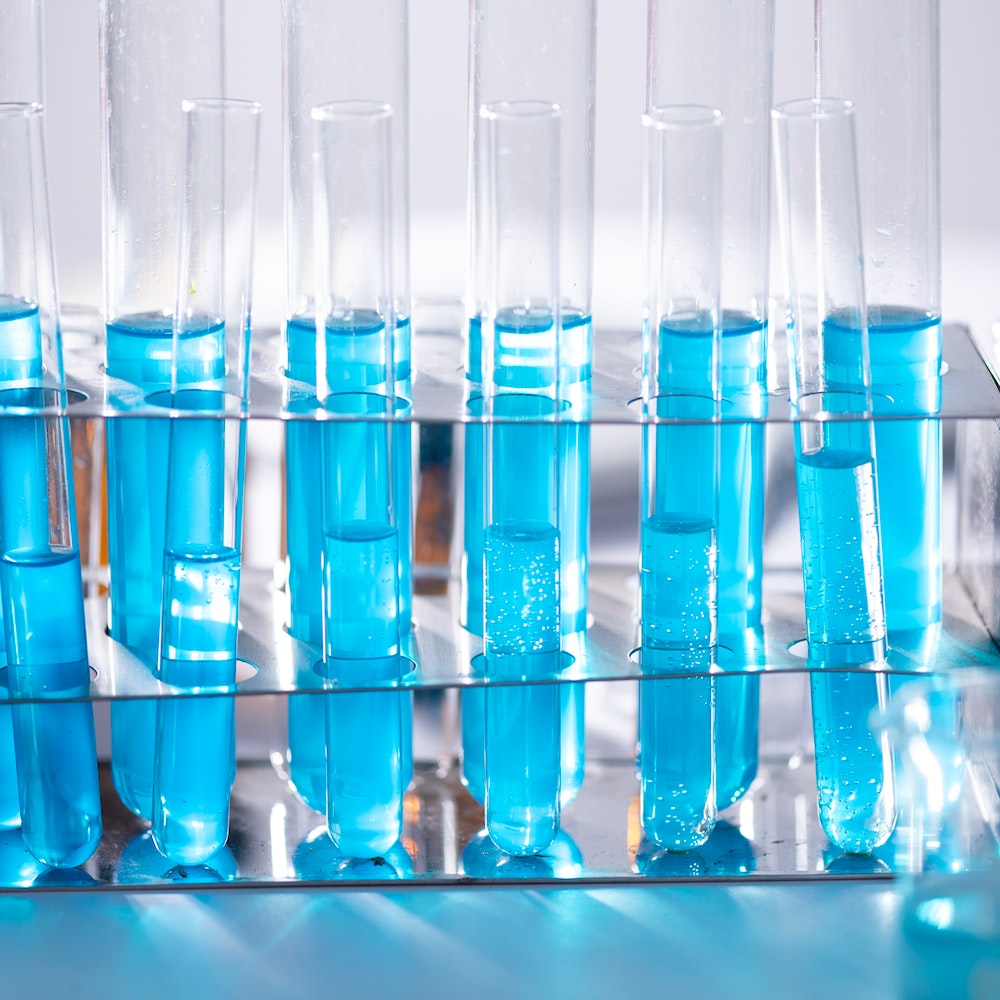What are the Differences Between ISO 15189 and ISO 17025? How will these differences affect an organization?
ISO 15189 and ISO 17025 are both international standards that relate to the competence and quality of testing and calibration laboratories. In this article, we shall be covering the the differences between ISO 15189 and ISO 17025.
What is ISO 17025?
ISO 17025 is a general standard that applies to all types of testing and calibration laboratories, regardless of the industry they operate in. It specifies the general requirements for the competence, impartiality, and consistent operation of these laboratories. Like ISO 15189, it covers management, personnel, infrastructure, and processes and procedures, but it is not specific to any particular industry or sector.
What is ISO 15189?
ISO 15189, on the other hand, is specific to medical laboratories and sets out the requirements for quality and competence in medical laboratory testing. It covers all aspects of the laboratory, including management, personnel, infrastructure, and the laboratory’s processes and procedures. The standard is intended to ensure that medical laboratories produce accurate and reliable results that can be trusted by patients, healthcare providers, and regulatory authorities.
ISO 15189 includes an additional requirement that specifies the QMS shall include IQC and participation in interlaboratory comparisons such as external quality assessment schemes. Medical laboratories participate in extensive internal quality control and proficiency testing/external quality assessment and must ensure that they manage these activities in an integrated fashion. This may be similar to ISO 17025 requirements. However, medical laboratories may not be able to find ‘off-the-shelf’ proficiency tests.
Differences Between ISO 15189 and ISO 17025
ISO 15189 and ISO 17025, have by time become more similar. During the previous versions, ISO 15189 and ISO 17025 were very different, as ISO 15189 was more risk based than ISO 17025. In fact, during the last revision of ISO 17025, a risk-based approach was implemented, which brought both ISOs further close to each other.
The following is a clause-by-clause description of the differences between ISO 15189 and ISO 17025 standards, most of which may be more of a term definition rather than a difference. Thus, one would be quite right in saying that ISO 17025 follows the concepts of ISO 15189, with both ISO standards being derived from ISO 9001.
With regards to management requirements, the content of specific requirements does not necessarily match. While each standard contains the exact requirements, here are the specific additional points included in ISO 15189:
4.3 | ISO 15189 includes two minor points regarding the identification of controlled documents: in addition to the date of issue and revision, page numbering, number of pages, and the authority for the issue specified in ISO/IEC 17025, ISO 15189 specifies “title”.
4.4 | ISO 15189 uses a different title than the one in ISO 17025 in order to emphasise on service agreements. Such agreements, may include external or internal agreements with suppliers or patients.
- 4.4.1 | ISO 15189 does not include the note explaining that a contract may be any written or oral agreement. Therefore, accreditation bodies may need to specify that the term “contract” does not only apply to a legal document.
4.5 | ISO 15189 uses a different title to outline the need to review arrangements with referral services (laboratories performing additional or confirmatory testing) and consultants who provide second opinions.
- 4.5.2 | Arrangements need to be reviewed so it is clear what is expected of the referral laboratory or consultant, including who is responsible for interpreting the results. The referring laboratory, not the referral laboratory, is responsible for reporting the findings.
4.6 | ISO 15189 has changed this requirement about purchasing records, using it to specify that an inventory control system for supplies and records is maintained.
4.7 | ISO 15189 specifies that appropriate professional staff shall advise the choice of tests to be ordered, the frequency with which they should be reordered, and the appropriate sample to be tested. It also requires that an interpretation of the results is to be given to the patient. Another component of this requirement is to specify that laboratory professional staff meet with clinical staff regarding the use of laboratory services and consult on scientific matters, documenting these meetings.
4.8 | ISO 15189 uses the title “Resolution of complaints” to replace the ISO/IEC 17025 title “Complaints”.
4.9 | ISO 15189 specifies that policies and procedures must consider the “medical significance” of nonconforming examinations and, if necessary, notify the requesting clinician.
4.10 | ISO 15189 section 4.10 is “Corrective action”, which is section 4.11 in ISO/IEC 17025.
4.11 | ISO 15189 section 4.11 is “Preventive action” in section 4.12 in ISO/IEC 17025.
4.12 | ISO 15189 section 4.12 is “Continual Improvement, which is section 4.10 “Improvement” in ISO/IEC 17025.
4.13 | ISO 15189 uses the title “Control of records”, section 8.4 in the ISO/IEC 17025, which deals with “control” issues like procedures for identification, collection, indexing, access, storage, maintenance and safe disposal.
4.14 | ISO 15189 specifies that “Evaluation and audits” need to emphasize areas to demonstrate evaluation and ensure conformity with continuous improvement. Requirement 4.14.5 links internal audit findings directly to management review.
4.15 | ISO 15189 specifies that “Management review” is an activity that ensures continuing stability and effectiveness in support of patient care.
- 4.15.2 | Contains a long list of what shall be taken into account during the management review
- 4.15.3 | Objectiveness of the laboratory’s contribution to patient care is to be monitored and evaluated objectively.
5.1 | Personnel requirements are laid out quite differently in ISO 15189 than in ISO/IEC 17025, including specific requirements for the laboratory director.
- 5.1.4 | Specifies the responsibilities for professional, scientific, consultative or advisory organization, administrative and educational matters relevant to the laboratory’s service. It says that these people need appropriate training and background for these duties:
- Educational and professional qualifications;
- Copy of certification or license;
- Previous work experience;
- Job descriptions;
- Induction course for new staff to the laboratory environment;
- Training in current job tasks;
- Competency assessments;
- Records of continuing education and achievements;
- Reviews of staff performance;
- Reports of accidents and exposure to occupational hazards;
- Immunization records of staff.








